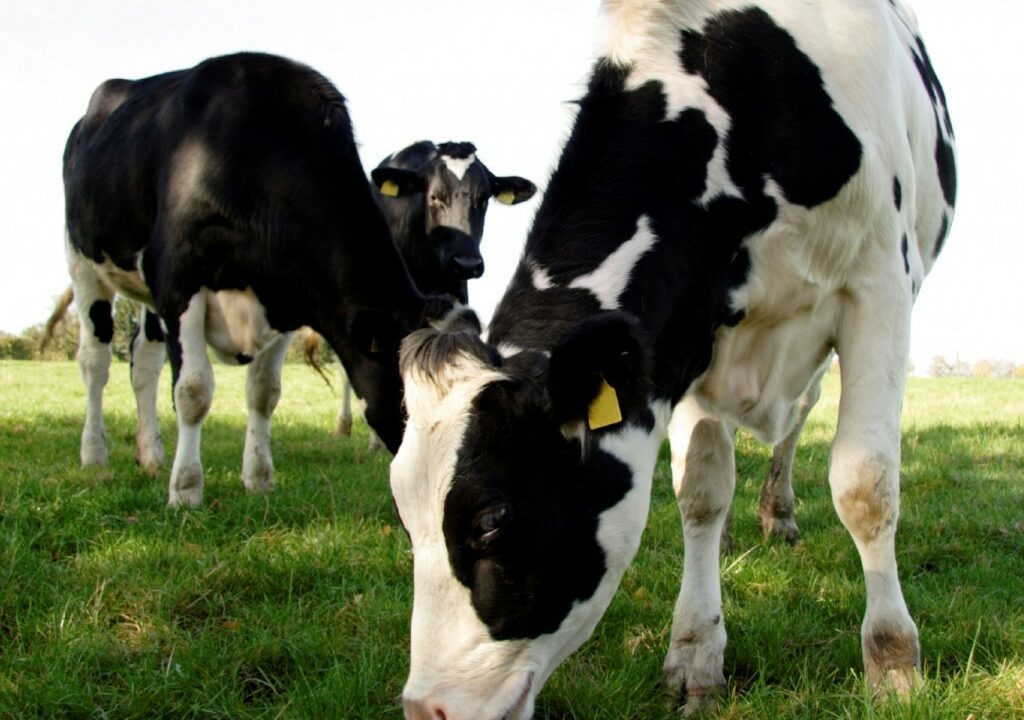Sexed straws now account for 80% of AI Services (Northern Ireland) Ltd.’s dairy semen sales.
The company’s breeding services manager, Ivan Minford, told Agriland that sales of sexed semen have doubled over the last three years, with milk producers now happy to use sexed bulls on both heifers and cows.
“Sexed semen provides dairy farmers with the widest range of breeding options. In the first instance, it gets around the issue of producing dairy-bull calves, which have a very low market value,” said Minford.
“It is also an approach to breeding that allows more beef semen to be used within a herd. In turn, this is adding significantly to the value of the calves that will be sold off farm.
“But the fundamental driver of wanting to use sexed dairy semen in the first place also remains: using the technology allows dairy farmers to produce the high-quality heifer replacements they need from the lowest possible number of cows.”
According to Minford, a £75 investment in sexed semen will, invariably generate a heifer calf worth between £300 and £500 on the day it is born.
These figures are based on the rule-of-thumb assertion that it takes two sexed inseminations, on average, to create one pregnancy. The average cost of a sexed dairy straw is £35.
Reflecting on the current breeding performance of dairy cows on farms, the AI Services’ representative confirmed that the benefits of the excellent grass-growing year that was 2021 are still evident.
He explained:
“Autumn-calving cows were kept on good grass throughout the late summer. As a result, they calved down in good condition and, subsequently, went on to perform tremendously well in the milking parlour.
“An increasing number of dairy farmers are now block calving cows in the early autumn period in order to maximise the value of the winter bonuses on offer from all the milk buyers.
“But it’s critically important that these farmers get their cows back in calf again during the Christmas and new year period.
“The latest indications are that conception rates have been very high over recent weeks with cows settling back in calf well.”
Minford confirmed that, increasing numbers of dairy farmers are now synchronising their heifers.
He commented:
“It’s an approach that allows them to calve these animals down within a relatively short period of time.
“Again, sexed semen can be used very effectively within a synchronisation programme. It also makes sense to use a technician in these circumstances.
“In the first instance, it takes a lot of pressure off the farmer, if large numbers of animals have to be inseminated at the same time.
“The improved conception rates achieved by technicians will more than pay for the additional fees incurred.”
Minford also pointed to the growing demand for dairy bulls delivering improved components and improved management traits, including daughter fertility and longevity.
